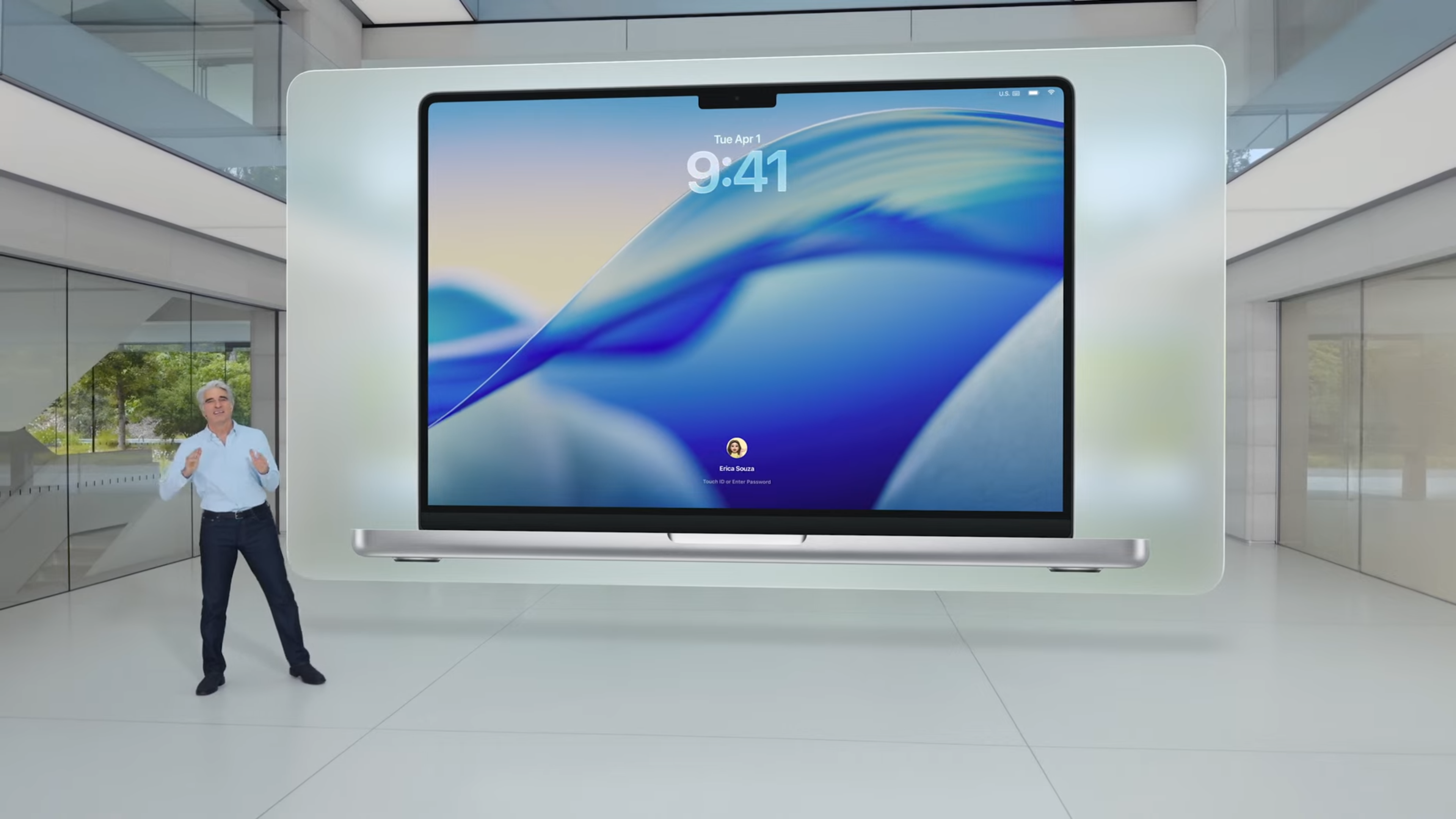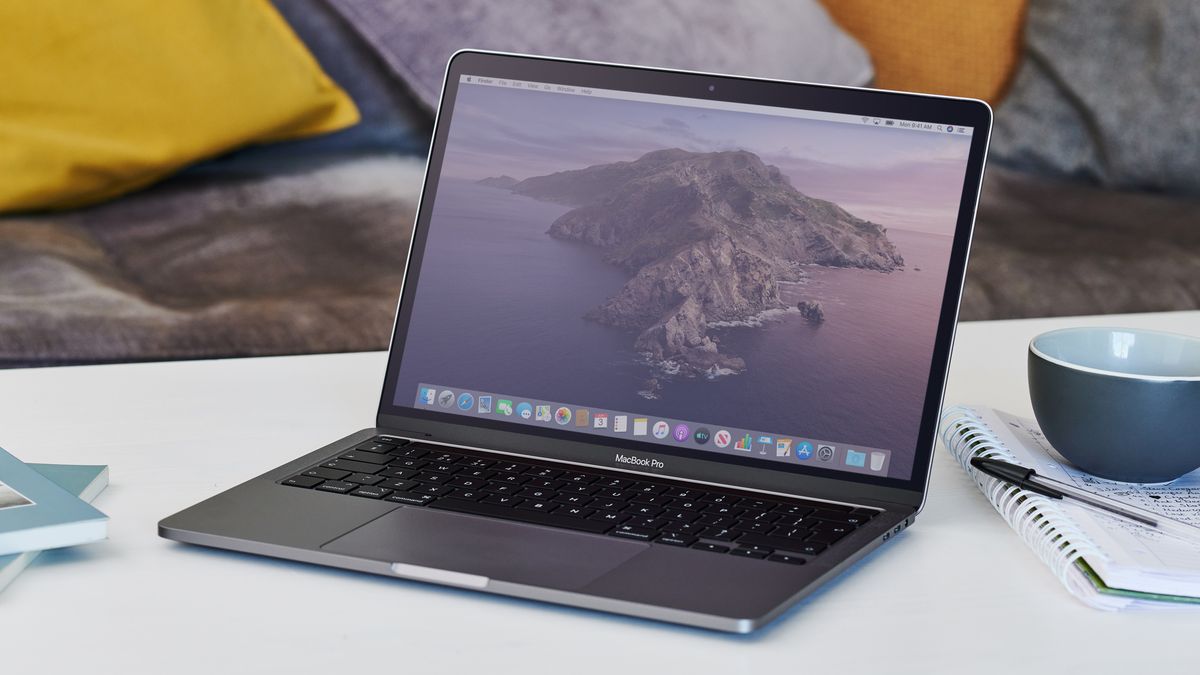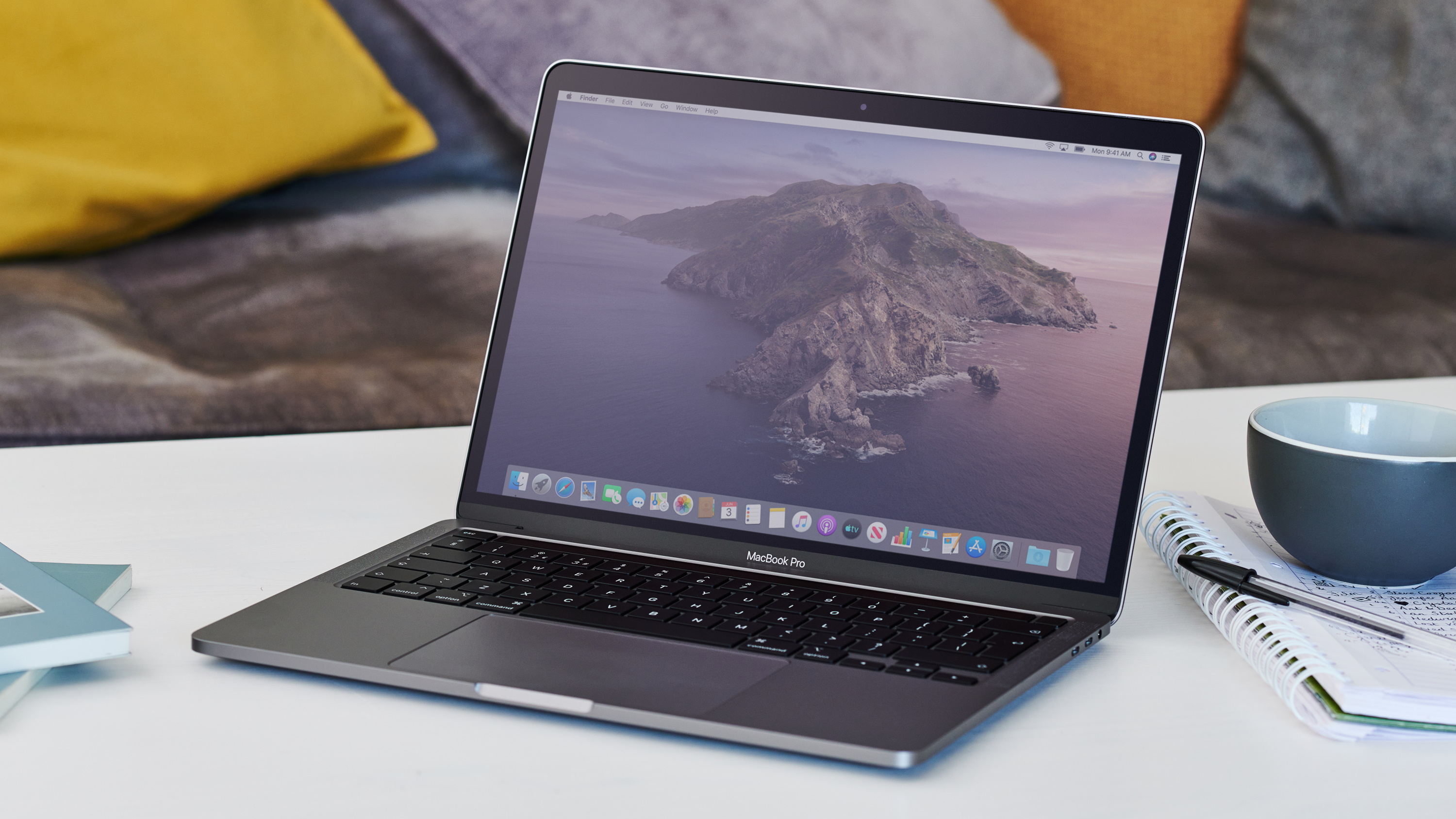Coming to Apple OSes: A seamless, secure way to import and export passkeys
Apple this week provided a glimpse into a feature that solves one of the biggest drawbacks of passkeys, the industry-wide standard for website and app authentication that isn't susceptible to credential phishing and other attacks targeting passwords.
The import/export feature, which Apple demonstrated at this week’s Worldwide Developers Conference, will be available in the next major releases of iOS, macOS, iPadOS, and visionOS. It aims to solve one of the biggest shortcomings of passkeys as they have existed to date. Passkeys created on one operating system or credential manager are largely bound to those environments. A passkey created on a Mac, for instance, can sync easily enough with other Apple devices connected to the same iCloud account. Transferring them to a Windows device or even a dedicated credential manager installed on the same Apple device has been impossible.
Growing pains
That limitation has led to criticisms that passkeys are a power play by large companies to lock users into specific product ecosystems. Users have also rightly worried that the lack of transferability increases the risk of getting locked out of important accounts if a device storing passkeys is lost, stolen, or destroyed.


© Getty Images












